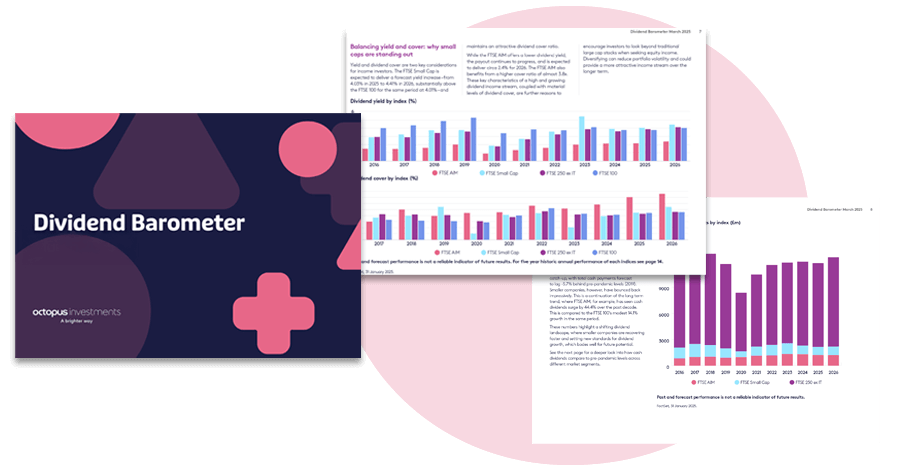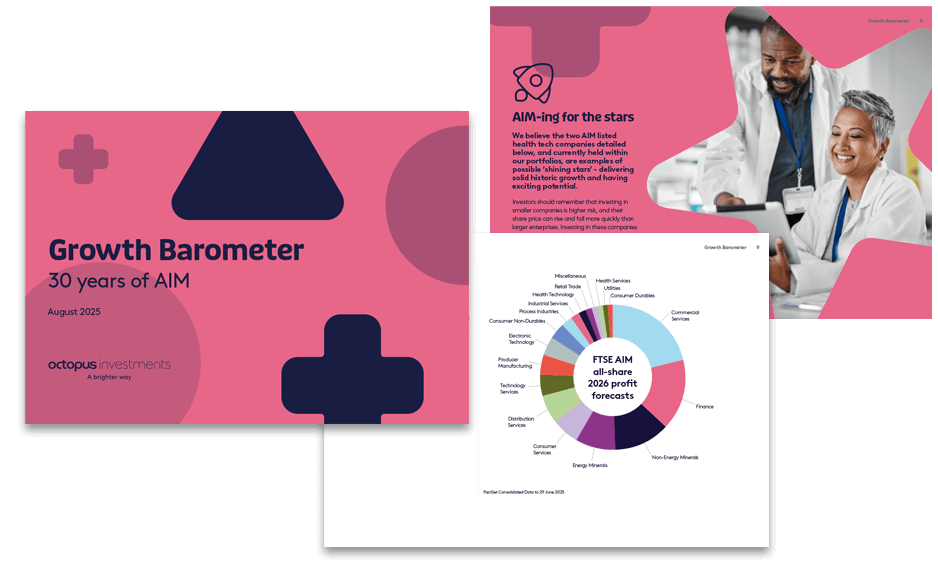WhitepaperInheritance tax
Why use an interest in possession trust
Interest in possession trusts
Last updated: 5 December 2024
Why use an interest in possession trust
An interest in possession (IIP) trust, also called a life interest trust, ensures that one beneficiary receives a ‘life interest’ in the assets in the trust before those assets are eventually inherited by new owners. A life interest might be, for example, the right to live in a house, or the right to receive rent from a property throughout the rest of your lifetime.
This type of trust is commonly used to provide for the surviving spouse for their remaining life, after the death of their spouse. Once the surviving spouse has also passed away, the assets are then provided typically to their children.
How does an interest in possession trust work?
How does an interest in possession trust work?
The key components of an IIP trust are:
1. The trust settlor – the person who puts assets into a trust. Once the settlor has put their assets into trust, they no longer own those assets. They cannot access their money or spend it on themselves. The settlor chooses the trustees and the beneficiaries.
2. The trustees – The trustees take legal ownership of the trust fund from the settlor. They look after the trust fund and make arrangements for payments to beneficiaries. They must always act in the best interests of the beneficiaries and can only do what is allowed in the trust deed.
3. The beneficiaries – The people who can receive payment or assets from the trust fund (i.e. benefit from it) are called the beneficiaries. The people who may be a beneficiary are listed in the trust deed.
i. Life tenant: The person that benefits from the trust assets throughout their life (“the life tenant”).
ii. Ultimate beneficiaries: On the life tenant’s death the assets are passed to the ultimate beneficiaries (“the remaindermen”).
4. A trust deed – This is the legal document that governs what the trust and trustees should do.
Ask Octopus
Do you have a question about inheritance tax and estate planning?
Use our free helpdesk to Ask Octopus

The inheritance tax treatment of interest in possession trusts
The inheritance tax treatment of interest in possession trusts
Prior to March 2006, discretionary trusts and IIP trusts were taxed differently from an inheritance tax perspective.
The rules changed following March 2006, such that broadly all trusts set up after this date are viewed as ‘relevant property trusts’ and subject to the respective inheritance tax (IHT) trust regime.
This means IIP trusts (except immediate post death interest trusts discussed below) and discretionary trusts are treated the same for inheritance tax:
- The entry charge or CLT: A 20% IHT upfront charge known as the ‘chargeable lifetime transfer’ (CLT) when assets are settled in excess of the nil rate band.
- Charge upon death of the settlor: if the settlor dies within the first seven years of settling assets into trust, the estate would be liable for a 40% IHT charge, minus taper relief and any CLT already paid.
- The periodic charge: broadly speaking, this is a 6% IHT charge arising on each 10 year anniversary of the creation of the trust and applied to amounts over the nil rate band. If more than one trust has been set up, each will have its own nil rate band for this purpose, provided the trusts were set up on different days and the settlement of assets has also been made on different days.
- The exit charge: a 6% IHT charge, calculated across the 10 year period on a pro rata basis, and applied when capital is distributed by the trust, to the extent where the trust capital exceeds the nil rate band.
The one key exception is where IIP trusts are set up on the death of the settlor, which we explain below.
Our whitepaper on discretionary trusts provides further details on the calculations of charges.
Where the assets in the trust are Business Relief qualifying, and held for two years these IHT charges should not apply. Explore our helpful whitepaper of Business Relief and trusts.
Inheritance tax and immediate post death interest trusts
Inheritance tax and immediate post death interest trusts
Interest in possession trusts created on the death of the settlor are known as immediate post death interest (IPDI) trusts.
They incur no periodic or exit charges, but assets will be in the estate of the life tenant(s) on their death and therefore subject to IHT on their estate.
As above, where the trust has held the Business Relief qualifying assets for two years at the time the life tenant dies, it should not be subject to IHT in the life tenant’s estate.
Interest in possession trusts and income tax
Interest in possession trusts and income tax
Income tax is assessed on interest in possession trusts in its own right. In other words, the life tenant does not pay income tax on trust income. This is the case if the IIP trust is created in life or on death of the settlor (IPDI).
Dividends are taxed at 8.75% and all other income is taxed at 20%.
Interest in possession trusts and capital gains tax
Interest in possession trusts and capital gains tax
Capital Gains Tax (CGT) is also assessed on IIP trusts in its own right. The liability is with the trust, not the life tenant.
Trusts have a capital gains annual exemption of £1,500, which is half that of an individual’s £3,000.
CGT is charged at either 20% for non-residential assets or 24% for residential property with sales before 30 October 2024 and 24% for all assets for sales on or after 30 October 2024.
Tax legislation, rates and allowances are correct at time of publishing for the tax year 6 April 2025 – 5 April 2026.
From 6 April 2026, a 100% IHT relief will continue for the first £1 million of combined agricultural and unquoted Business Relief qualifying property (e.g. sole traders, partnerships, unquoted companies). Amounts over the £1 million will attract 50% IHT relief. Business Relief qualifying companies listed on the Alternative Investment Market (AIM), will attract 50% IHT relief irrespective of the investment amount.
Inheritance tax (IHT) calculator
Related resources
Related resources
Business Relief and trusts
Business Relief (BR) is a relief from inheritance tax available for the shares of qualifying companies.
Estate planning for clients who want to settle assets into trust
Louise is worried that her child's marriage will end in divorce, and wants control over what will happen to her assets.
IHT Toolkit
You can educate and nurture clients with these resources when having conversations about estate planning using this handy Toolkit.






